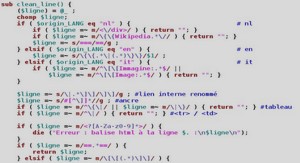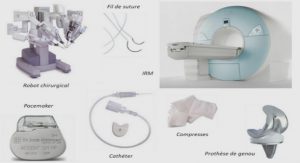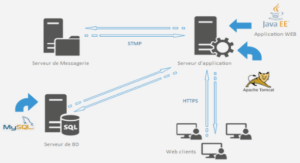Verifying and Troubleshooting ADSL Configurations
DSL Connection Troubleshooting
In the internetworking industry, it seems that there are more problems to be addressed than there are technologies to cause them. At times, it may be that correcting one problem simply gives rise to another. With proper monitoring and proactive network management practices in place, the vast majority of network problems can be addressed and resolved before they ever become anything one might classify as a problem. This gives the IT staff the ability to reduce downtime and/or serviceimpacting outages. This type of management requires proper resources and tools to be effective. To many companies, the cost of those resources in employee hours, facilities, and so on are difficult to justify when coupled with the cost of the tools necessary to do the job correctly. These same companies are the first to complain loudly that there should have been some way to avoid the issues and service-impacting outages experienced. Suddenly, the cost of the outage is well beyond what the resources and tools would have cost. Sadly, it usually requires a similar event to get the funding for those resources and tools. There also tends to be some fallout aimed squarely at the individual who decided against those resources and tools based on cost, and said individual is demoted from Hero to Zero rather quickly. Layers of Trouble to Shoot The preferred method of troubleshooting is known as “bottom-up” troubleshooting. The bottomup approach to troubleshooting is a direct reference to the OSI reference model. As with the planning, design, and implementation steps involved in building a network infrastructure, the OSI reference model plays a very important part in troubleshooting issues that arise. Troubleshooting is a game of layers and logic. Different people are capable of exercising varying degrees of ability with both. It is said by many that there was a law enacted that dictates the placement of an OSI reference model graphic in every book relating to networking technologies. While this is doubtful at best, it is prudent to add such a graphic for reference purposes. Figure 7-1 The OSI Model The ability to troubleshoot is a talent that many in the industry have developed over some years of experience and no small amount of pain. Many have learned the value of the bottom-down approach (which amounts to keeping one’s bottom down and covered). There is some debate about whether the instinctive ability to stare at a complex network problem and pick the root cause out of the mix is something that can be taught. In any event, a process can be taught that may lead to the development of this ability over time. Obviously, the focus of this chapter will turn to specific issues surrounding ADSL. With that in mind, the job becomes somewhat simpler in that the bottom pair of layers (physical and data link) of the OSI reference model are all that need be addressed.
Isolating Physical Layer Issues
The OSI reference model was created in layers so that it would be modular and more easily implemented. In essence, it boils down to a simple assembly-line function. Each layer is responsible only for its own little job function. This function includes a means of passing the payload to the layer above, below, or adjacent. The adjacent layer is its twin on the remote host. With that in mind, it stands to reason that no higher layer may function unless the layer below it is functioning fully and properly. Layer 1, the physical layer, is no different. It has a seemingly simple task of moving light or electrons, as the case may be, along to the destination. It seems simple, but in reality it is anything but simple. Without a happy Layer 1, there is no network connectivity. The six higher layers cannot function. Transport Network Data Link Physical Application Presentation Session Transmission Control Protocol (TCP) User Datagram Protocol (UDP) Application Specific Traffic Types (FTP, E-mail, IM, etc.) IP, ICMP, ARP, RARP, etc. Frame Relay, Ethernet, ATM, PPP, etc. PMD/CS, Bit Transmission 150x01x.book Page 150 Monday, June 18, 2007 8:52 AM Isolating Physical Layer Issues 151 Layer 1 Anatomy There are typically two distinct functions performed at Layer 1. These usually include some form of transmission convergence (TC) sublayer and a physical medium dependent (PMD) sublayer. They sound quite technical but all they really mean is that the bits have to be placed in a particular order as per protocol between the endpoints and that the bits must be transmitted. The process of placing the bits in a formalized, predetermined order is known as framing. The process of actually transmitting the bits is known as line coding. Both are somewhat generic terms and significantly factor into the overall functionality of Layer 1. When all is said and done, the job of the TC and PMD sublayers is to line up bits and kick them out the interface. If the bits are lined up incorrectly, they will arrive incorrectly and not be understood at the far end. If they are sent incorrectly, they will be seen as errors and dropped. ADSL Physical Connectivity With regard to ADSL, there are a number of points at which there can be a physical issue. Figure 7-2 provides a reference point for the physical connectivity of ADSL.





